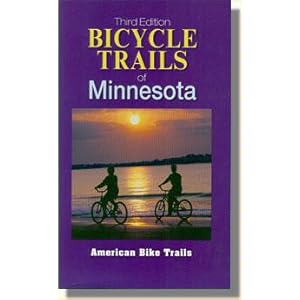
You don't have to be a licensed nutritionist to know that milk does the body good.
Between milk mustache-filled advertisements and Joe Mauer Kemps commercials, the health benefits of milk are made pretty clear. The dairy staple is rich with protein, loaded with calcium and a good source of Vitamin D to boot. Aside from that, name one drink that goes better with a batch of fresh cookies.
According to an article I read recently by the Associated Press, milk can also be a valuable workout tool. The London-based personal trainer in the story prefers a bottle of milk after his workouts as opposed to protein bars, protein shakes and any other fitness concoction one can dream up. "Milk provides the building blocks for what you need to build new muscles," a medical researcher says in the story.
Scientists quoted in the story even go so far as to say that milk is better than sports drinks for replenishing fluids DURING exercise. They suspect this for two reasons: Milk have a lot of electrolytes, and it is digested more slowly than sports drinks, keeping the body hydrated for longer. According to the article, Michael Phelps regularly drank milk between races at the Beijing Olympics.
Generally speaking, this story shouldn't come as that big of a surprise to anyone. I never really thought of milk as an adequate drink during exercise (I prefer water; if it's good enough for Bobby Boche, it's good enough for me), but the rest of information is pretty basic. Doctors, advertising and parents have been preaching the dietary importance of milk all our lives. It would only make sense to use it after weightlifting.
However, the article does bring to light a possible paradigm shift in weightlifting. Like any other regular at the gym, I've heard plenty about post-workout products and the potential gains from using them. Heck, I'll admit to dabbling in protein bars and trying supplement powders from time to time (contrary to my beliefs beforehand, they do not make you look like Van Damme in "Blood Sport").
People spend boatloads at places like GNC for workout supplements when this article claims that the same benefits can be found in the dairy section at a grocery store. Definitely something to think about.
Just for fun, here's another funny milk commercial to digest. Enjoy!







